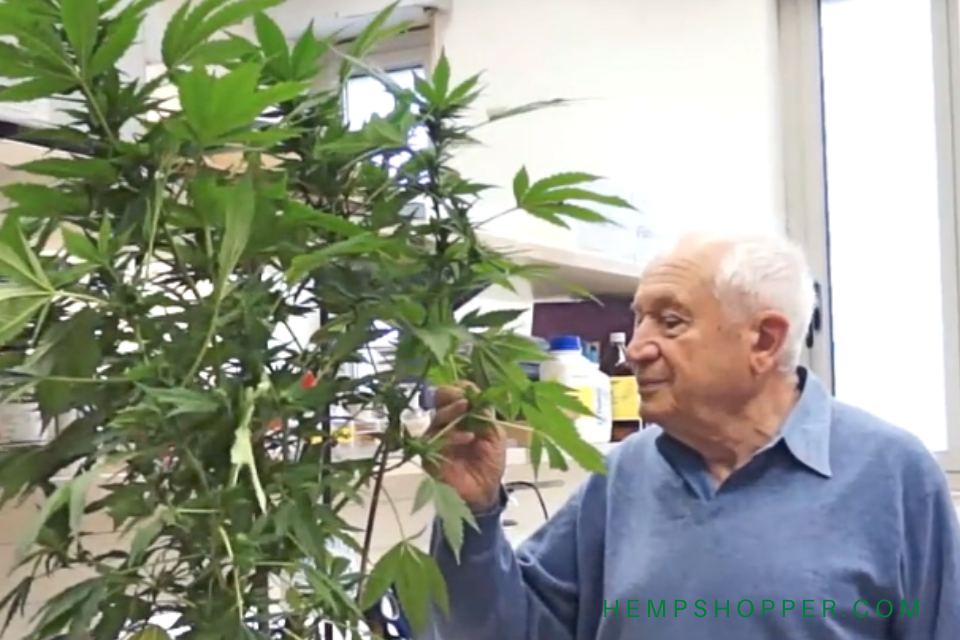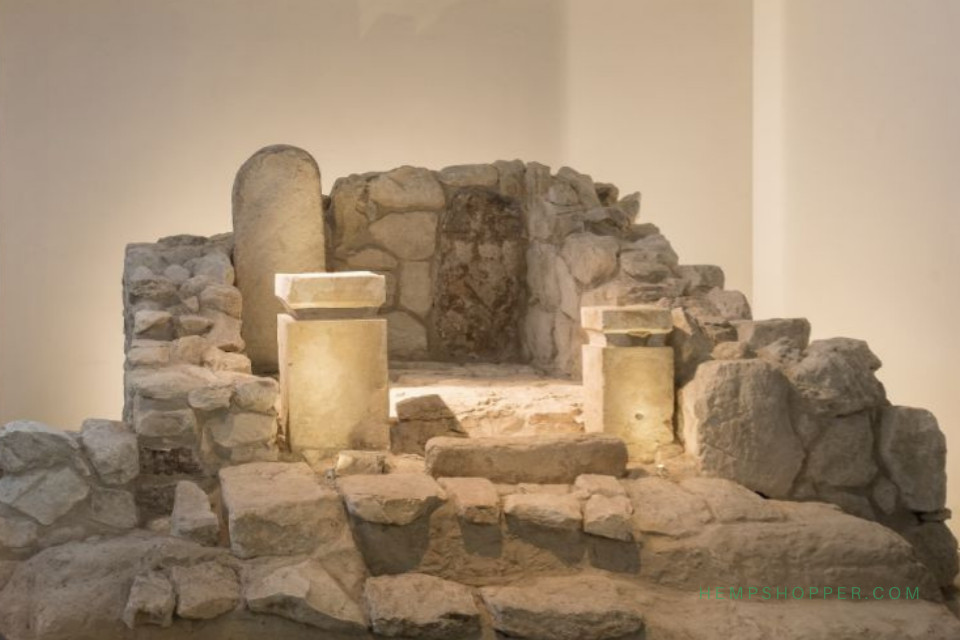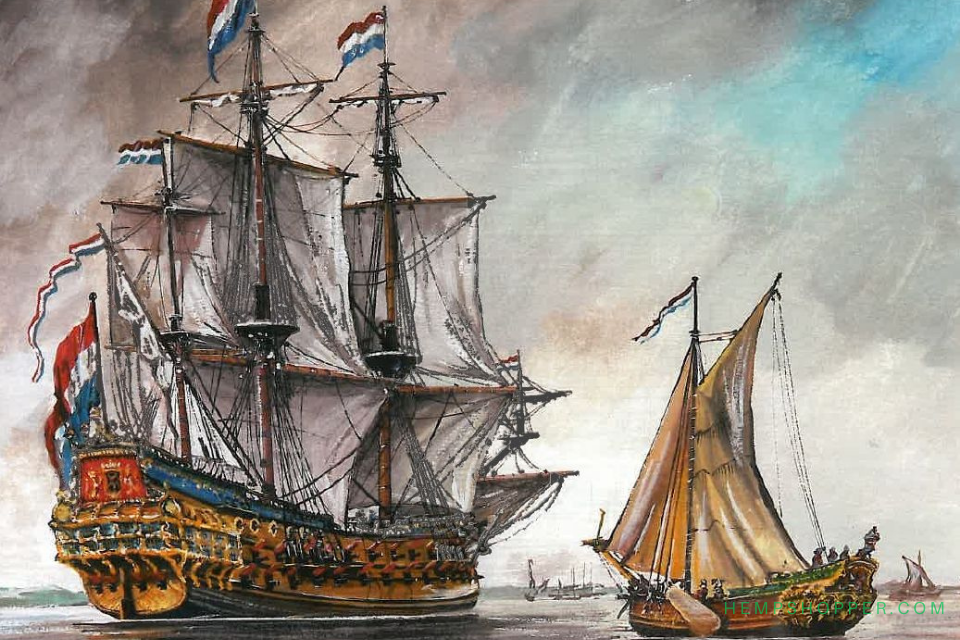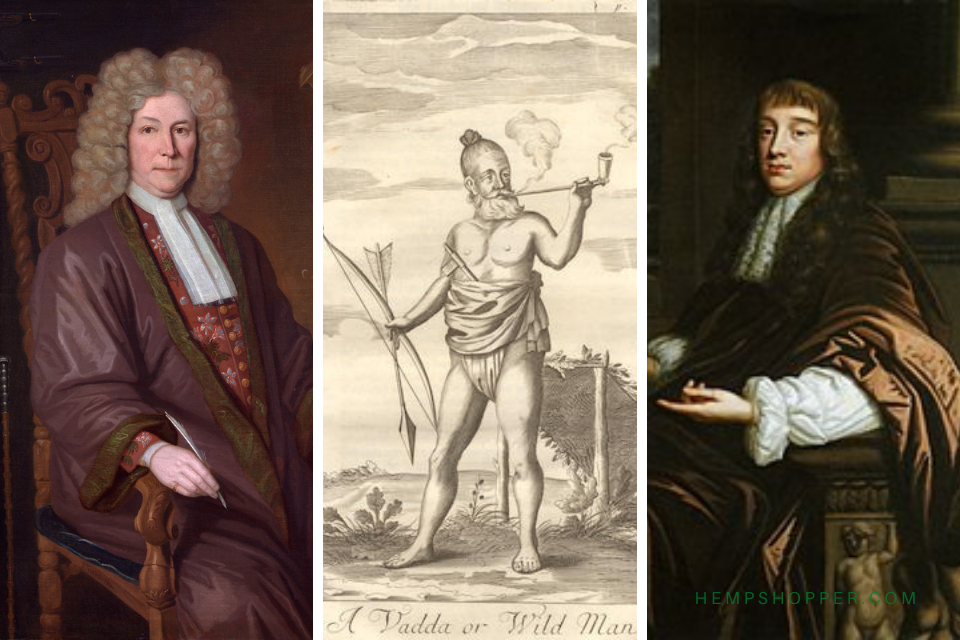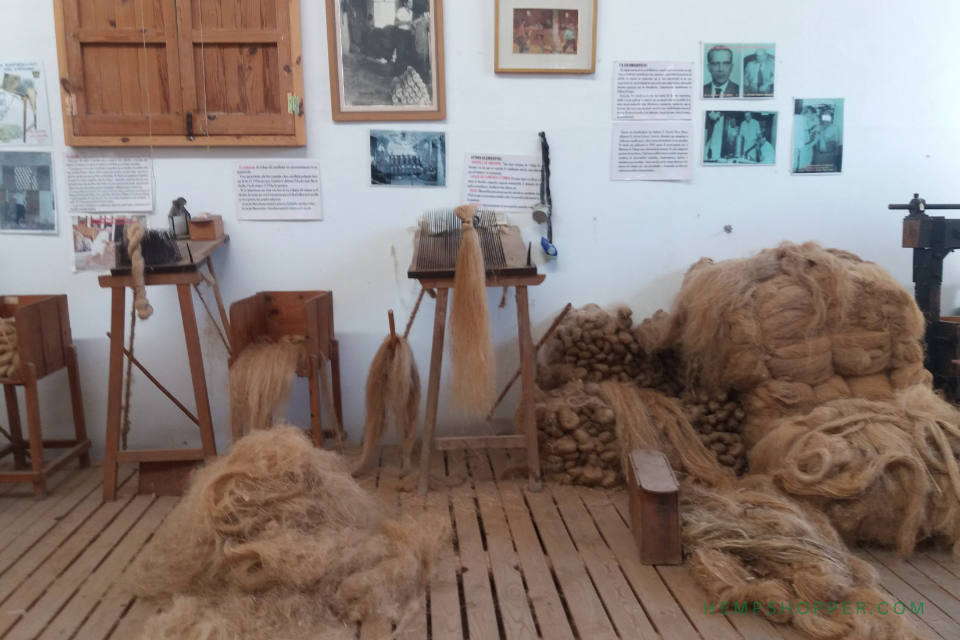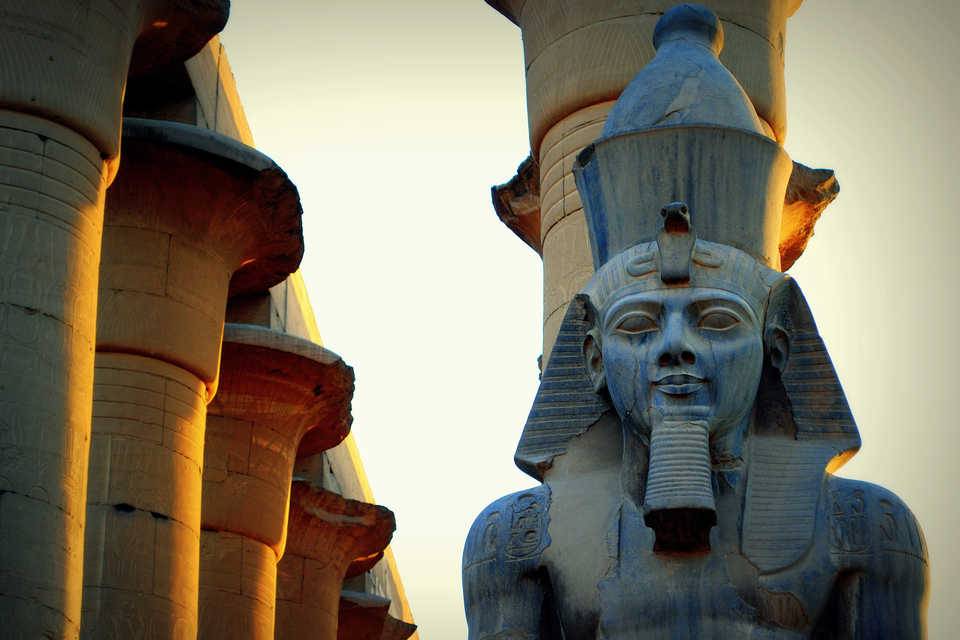2300 – 1700 BCE: The Oxus Civilization uses ephedra and cannabis in their rituals

2300 – 1700 BCE: The Oxus Civilization uses ephedra and cannabis in their rituals.
The Bactria–Margiana Archaeological Complex (or BMAC, also known as the Oxus civilization) is the modern archaeological designation for a Bronze Age culture of Central Asia, dated to ca. 2300–1700 BCE, located in present day Turkmenistan, northern Afghanistan and northeastern Iran, southern Uzbekistan and western Tajikistan, centered on the upper Amu Darya (Oxus).
Its sites were discovered and named by the Soviet archaeologist Viktor Sarianidi. Bactria was the Greek name for the area of Bactra (modern Balkh), in what is now northern Afghanistan, and Margiana was the Greek name for the Persian satrapy of Margu, the capital of which was Merv, in today’s Turkmenistan.
Sarianidi’s excavations from the late 1970s onward revealed numerous monumental structures in many sites, fortified by impressive walls and gates. Reports on the Oxus civilization were mostly confined to Soviet journals,1 until the last years of the Soviet Union, so the findings were largely unknown to the West until Sarianidi’s work began to be translated in the 1990s.
One of the smallers settlements uncovered and excavated at Gonur in the Murgab delta consists of a fortified complex of buildings, a number of private dwellings and a fort. Within this complex of buildings there is a large shrine, and these have been used as a sacred fire temple consisting of two parts: one clearly used for public worship and the other, hidden from the gaze of the multitude, an inner sanctum of the priesthood. In one of these private rooms were found three ceramic bowls. Analysis of samples found in these vessels by Professor Mayer-Melikyan in 1976 revealed traces of ephedra and cannabis[3], these traces substantiate the ideas of Prof. Sarianidi: the Oxus Civilization were familiar with cannabis and ephedra.
1.Sarianidi, V. I. "Issledovanija pamjatnikov Dashlyiskogo Oazisa," in Drevnii Baktria, vol. 1. Moscow: Akademia Nauk. 1976 2.Sarianidi, V.I. Masson, V.M. 1972 "Central Asia, Turkmenia Before the Achaemenids". Praeger. 1972 3. Sarianidi, V.I., Excavations at Southern Gonur, Iran Vol. 31 1993, British Institute Of Persian Studies. Research and text © Hempshopper Amsterdam.


 Hempshopper Amsterdam
Hempshopper Amsterdam 